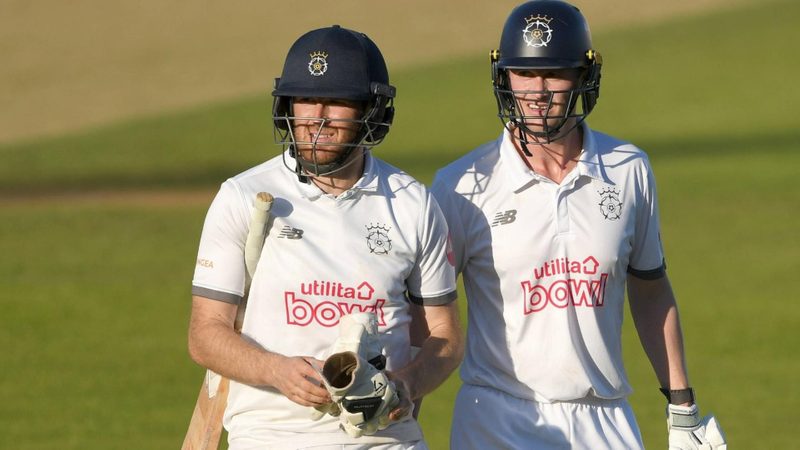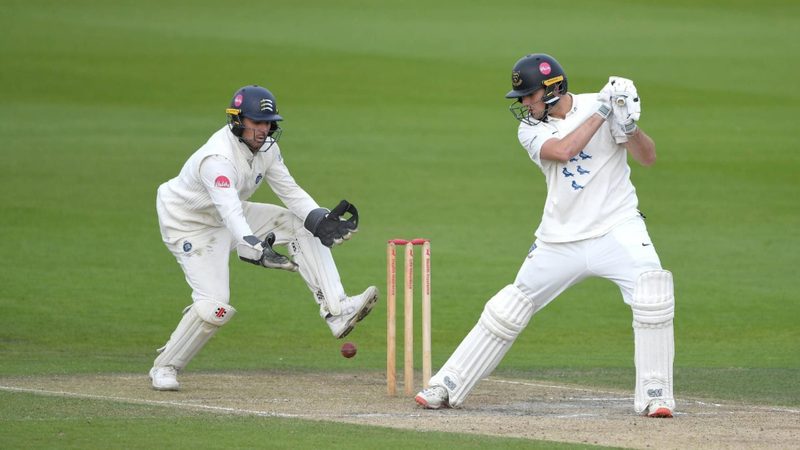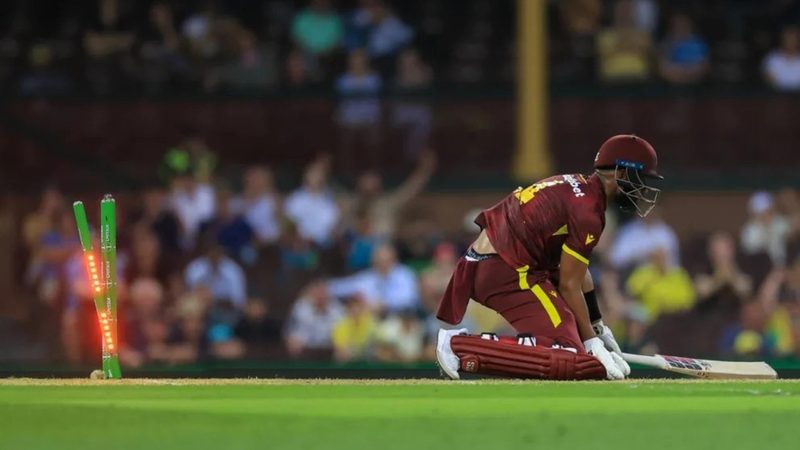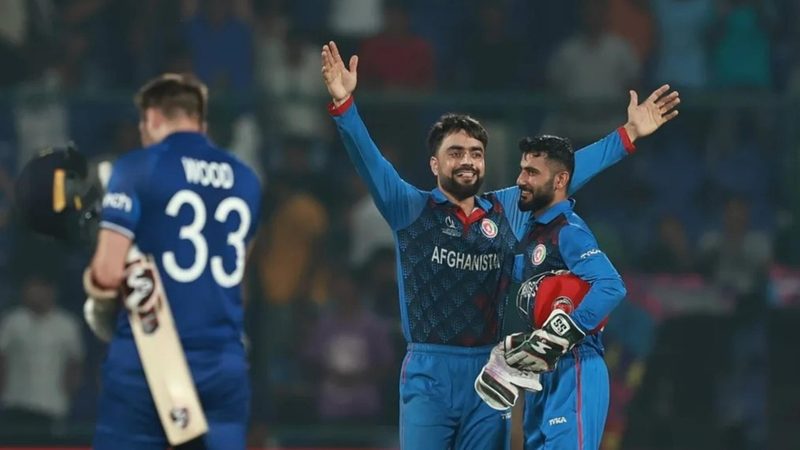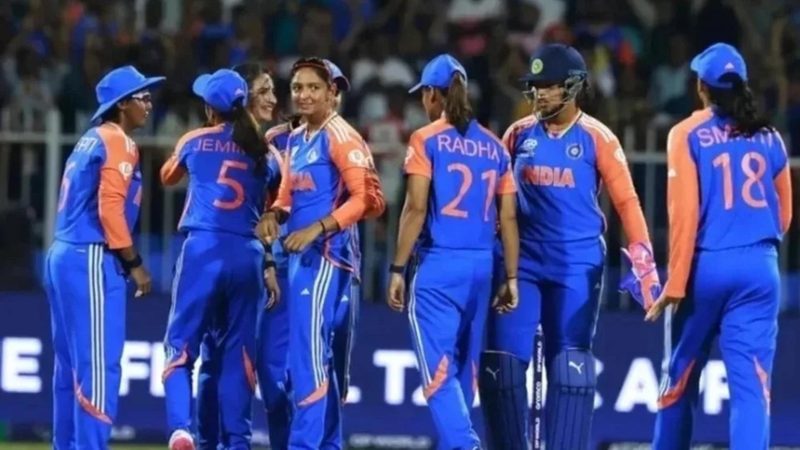
There were huge levels of expectation this year that a sleeping giant of world football was finally going to wake from its slumbers. India had qualified for its second consecutive Asian Cup for the first time in its history and recent results and performances had given the fans some hope.
But with three losses – without scoring a single goal – India departed Qatar as one of the worst performing teams, exiting at the group stage and now looking ahead to this year’s remaining World Cup qualifying games to build the excitement up once again. At this stage, it seems very unlikely that many people would be checking the online betting soccer markets for India’s chances of global – or even regional - success.
But what are the problems with Indian football? With a population of 1.4 billion, surely the Blue Tigers should be doing better. There will be more Asian teams at the next World Cup in 2026, so how can India make sure that it has the best chance possible to be part of the big show?
History of India Football
Although you might not think it, looking at the current state of Indian football, the national team was once one of the standard bearers in the region. The Blue Tigers qualified for the 1950 FIFA World Cup (although it then withdrew), won gold at the 1951 and 1962 Asian Games, and finished fourth at the 1956 Summer Olympics.
There was even a second-place finish at the 1964 Asian Cup, although many of the teams withdrew from qualification due to the finals being hosted by Israel. Since then there has been a steep decline that has only just begun to pick up in the last few years. But there is a distinct feeling that India is still underperforming.
Players
With cricket the overwhelming top sport in the country, it is not surprising that athletically gifted youngsters gravitate towards that game. But with such a large population, it feels as if something is going wrong if the national football team is unable to compete at even a regional level.
One of the main reasons given for that underperformance is the fact that Indian players are not allowed to hold dual nationality. Unlike just about every other team in the world, players of Indian heritage must commit to at least 12 months of living in the country and giving up other passports. Morocco’s recent success is just one example of how dual nationality – and the resulting search for new talent around the globe – could help the national side.
Coaches and Development
We have seen how the streamlining of the domestic football system has improved the outlook for Indian football in general. The Indian Super League, now the country’s top level of football, provides coach Igor Štimac with his entire squad. But the Croatian coach is also possibly an example of how India’s football authorities have gotten so much wrong.
That is not to say that Štimac is not a top coach – or that he has not done a good job. But there has been a concentration of playing and coaching talent from outside India, to the detriment of homegrown personnel. Indian talent is not given the opportunity to develop and this has had a knock-on effect on the Blue Tigers.
Investment
Anyone who has seen how the Indian Super League has transformed domestic football might balk at the idea that investment is a problem for India. But it is not the amount of money available in the game, more where that money is going. Top coaches and players are doing well but more investment lower down the levels is much needed.
Younger players obviously need to look up to successful players to develop further. But that development will be stalled if there are not the coaches and teams available. More money needs to be put into grassroots football in India if the young talent of today is to be the superstars of tomorrow.
Upcoming Games
So, where do all these issues and challenges leave India right now? The Blue Tigers limped out of the 2023 Asian Cup with the worst record of them all. Even the other nations who failed to win a game all scored at least one goal. Now Igor Štimac must concentrate on World Cup qualification.
The Croatian was criticized for stating that the Asian Cup was not important anyway. But he needs to now come through and make sure India finishes in the top two of the second round group of World Cup qualification. There would still be further hoops to jump through but it would be a move in the right direction.
The good news is that a good win away in Kuwait last November has set India up well for the remaining games. Back-to-back fixtures against lowly Afghanistan should put India in the position of needing only a draw against Kuwait in June to see them through to the third round.
The Future of the India National Football Team
Although the performance at the Asian Cup has put a distinct downer on the recent hope and excitement levels of India fans, the future does still look bright. Štimac has introduced an exciting way of playing that has gained some positive results and progress in World Cup qualification is not beyond the team.
If the authorities would also listen to the demands of players and coaches, the introduction of dual nationality could mean an influx of new talent from all around the world, as players with Indian heritage are discovered and streamlined into future squads. With everyone working together, India could begin to climb the rankings – and a sleeping giant may finally stir.















